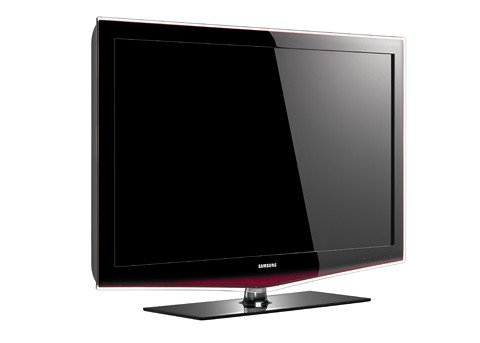If you're looking for an LCD TV comparison, you're probably already in love with the idea of hanging a flat screen TV on your wall. It's really amazing how technology has progressed to the point where you can hang a big screen TV on your wall, then sit back and enjoy a fantastic HDTV picture of your favorite TV shows or sporting events.
Even more amazing is that as pictures have improved by leaps and bounds, the TVs have gotten thinner, and prices have plummeted. You know that any TV you choose is bound to net you a superb picture and slim form factor.
That being said, you know all the LCD TVs out there can't be the same, can they? Surely there must be some differences, right? Well, yes there are. There are a few things that some TVs do better than others and when making an LCD TV comparison, you should know how to find the differences. Although LCD TV prices have declined substantially in recent years, you want to be sure you're getting the most TV for your money, and the best one for your particular application.
One of the first things to think about is the physical size of the set. If it wasn't so common it would be funny, but people will often make or buy a cabinet, then try to find a TV to fit in the space allocated. Many times they're thwarted form going up to the next larger sized TV because one of the cabinet dimensions is an inch or so too small.
Take the time to choose your TV first, if you have the opportunity. This will also prevent you from designing or buying a cabinet for a particular TV, only to find it's been discontinued when it comes time to buy the TV.
The next thing is to look at some of the new LCD TVs with thin bezels. For example, this can allow you to fit a 40" TV where only a 37" set would fit before. Something to be aware of is that sometimes these extra thin bezel LCD TVs are deeper than their normal beveled cousins. If you're putting your new TV in a cabinet, this may not be a concern to you, but the extra 2" - 3" may make a big difference if you're hanging the set on a wall.
If the TV will fit where you'd like to put it, a check on picture quality is in order. After all your buying a new TV to watch it, and there are some ways you can compare the picture quality to determine which set has a better picture.
One problem with just looking at a set on the showroom floor is that rarely are all the TVs correctly adjusted for the best picture. Often they're shipped and set up in what the industry terms "torch mode". This is slang for having the settings adjusted to take advantage of most customer's preference for the brightest TV they see. If there are 10 TVs lined up, they'll gravitate toward the brightest one. In many cases the brightest TV is not the one with the best picture, especially if it has been adjusted to look artificially bright.
Most LCD TVs, especially 1080p sets, have more than enough brightness for any viewing situation, save putting the set in direct sunlight, but no brightness or contrast adjustment will save you there. The point is that looking at a TV in the showroom will often not provide you with an accurate representation of the set's available picture quality.
When shopping for an LCD TV, a 120Hz refresh rate is one feature that has gone a long way toward eliminating the motion artifact problems that used to be so prevalent in LCD televisions. It is common on most manufacturer's better LCD sets now and is known by many trade names.
Sharp has no trade name for their sets with the 120Hz feature, calling it just "120Hz frame rate conversion", Toshiba uses the moniker "ClearFrame(TM)", Mitsubishi prefers "Smooth 120Hz(TM)", and Sony's marketing department came up with "Motionflow(TM) 120Hz". It all means basically the same thing. Your LCD with this technology will look much better on fast moving images, like sports and scrolling text, than TVs without it.
If you're looking at one of the newest TVs, make sure they have plenty of inputs for connecting your BluRay player, cable box or satellite receiver, computer, or digital camcorder. In many instances, you will connect everything up to your surround sound receiver, then run a single cable to your TV.
For those not using a surround receiver, having plenty of inputs becomes vitally important. Make sure you have art least 3 HDMI inputs so you can get the best possible picture from HD digital video sources. A couple of component video inputs for older sources such as DVD players is a good idea as well.
Most new TVs have a digital tuner built in so you can connect an HDTV antenna and pick up signals broadcast over the air. Some TVs have what's called a QUAM tuner. This will allow you to get unencrypted digital cable programming. In many cases the cable company will broadcast local channels in full HDTV resolution "in the clear". That means they are not encrypted and you can watch them with no cable box, just the QUAM tuner built into your TV.
This will give some things to look for when comparing new LCD TVs. Whatever TV you decide to buy, you will get many years of enjoyment from your new set.
Recommend : TV buying guide Technology 3d television

